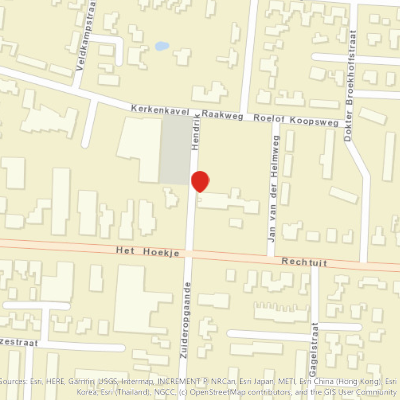Recreatief
67 km
Hop on your bike in Hoogeveen and discover the traces of the area’s rich peat settlement history. Follow the signposted route through the following ten villages: Fluitenberg, Pesse, Stuifzand, Tiendeveen, Nieuweroord, Noordscheschut, Hollandscheveld, Nieuwlande, Elim and Nieuw Moscou.
Hoogeveen was founded by Roelof van Echten. He bought a large area of peatland in the Zuidwolde region in 1625. To reclaim the land, he founded the Compagnie van de 5000 Morgen (“the Company of the 5000 Tomorrows”). To provide access to the area, the company dug a canal with lateral canals. This is where the roots of Hoogeveen lie. Work of art “De Cascade” in the commercial centre of Hoogeveen (Hoofdstraat) was constructed in memory of the canal.
After Fluitenberg and Pesse…
Hop on your bike in Hoogeveen and discover the traces of the area’s rich peat settlement history. Follow the signposted route through the following ten villages: Fluitenberg, Pesse, Stuifzand, Tiendeveen, Nieuweroord, Noordscheschut, Hollandscheveld, Nieuwlande, Elim and Nieuw Moscou.
Hoogeveen was founded by Roelof van Echten. He bought a large area of peatland in the Zuidwolde region in 1625. To reclaim the land, he founded the Compagnie van de 5000 Morgen (“the Company of the 5000 Tomorrows”). To provide access to the area, the company dug a canal with lateral canals. This is where the roots of Hoogeveen lie. Work of art “De Cascade” in the commercial centre of Hoogeveen (Hoofdstraat) was constructed in memory of the canal.
After Fluitenberg and Pesse, you pass through the stream valley of Oude Diep with its majestic panoramic views. To the east of Hoogeveen, the rectangular landscape of the former peat settlements comes into view. This is where reclamation works started in the 17th century. Dead plant matter—formed over hundreds of years—had formed a layer of peat several metres thick in the swampy peatlands. After being removed and dried, the peat was called turf and was used as a fuel. To assist in the peat’s excavation, housing estates and waterways were constructed. This is where the settlements of peatland labourers arose—later developing into the villages we see today.
The route starts at Crerarstraat in Hoogeveen. There is free parking at the Nederlandse Spoorwegen (NS) railway station. You can also use the signposting present to start the route from other locations.


Crerarstraat
7901 AA Hoogeveen
Navigate to starting point








